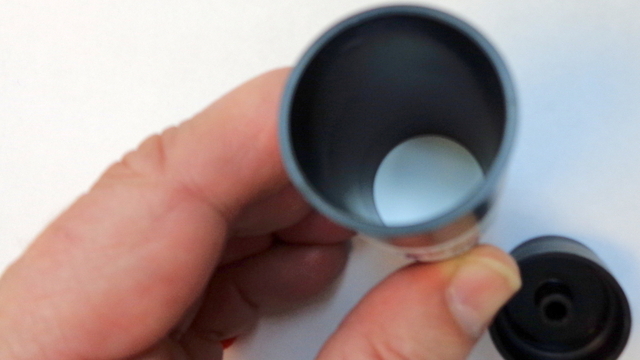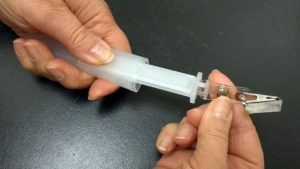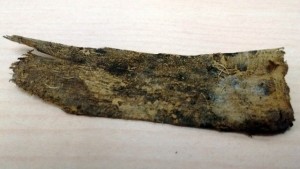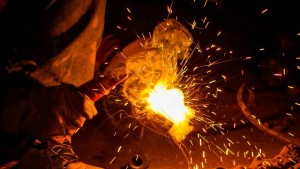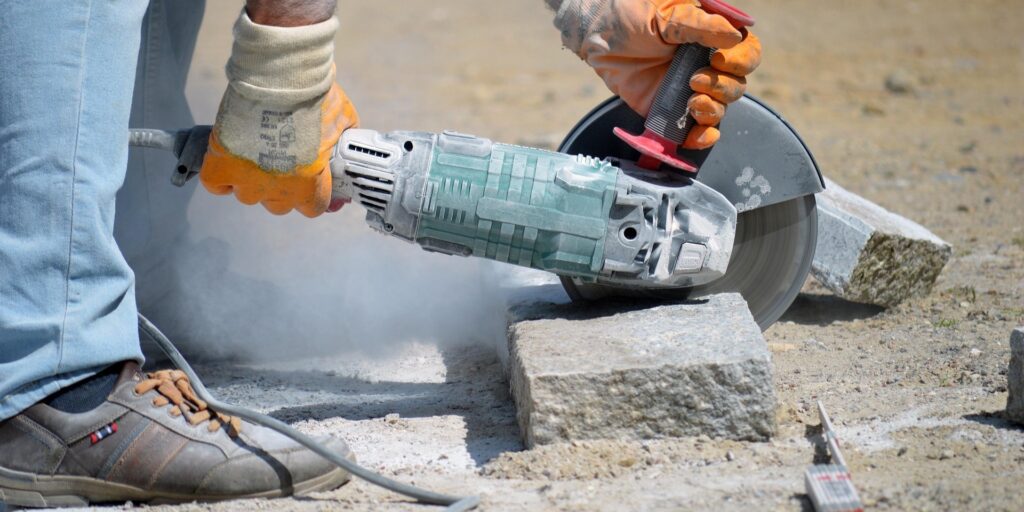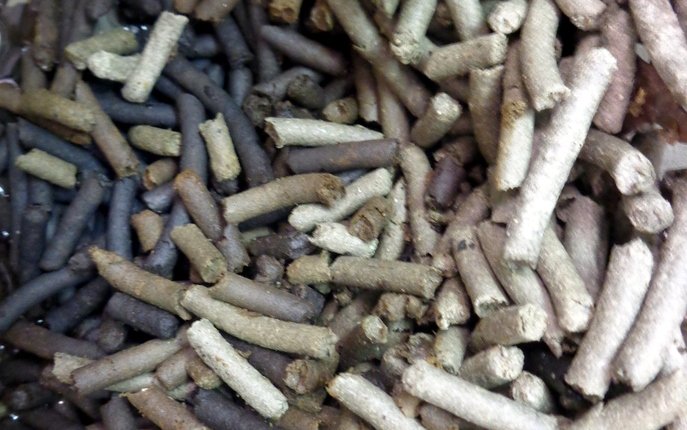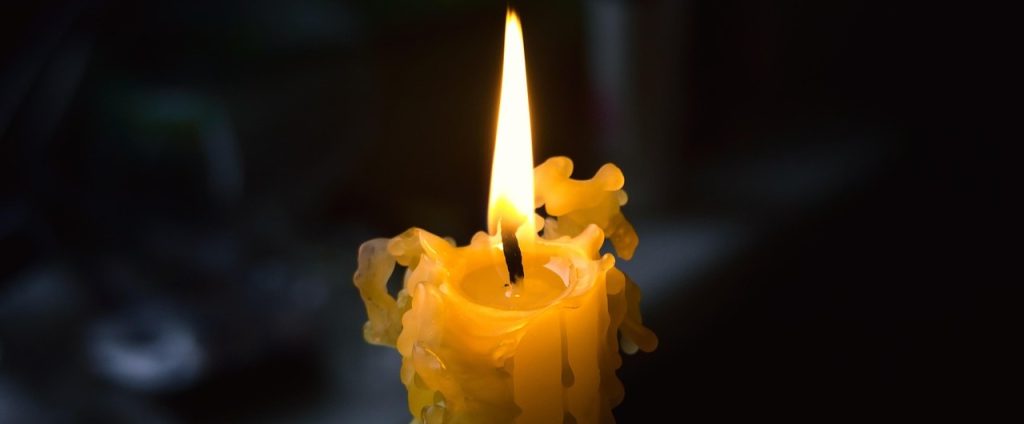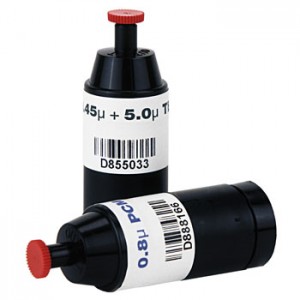
Phase Contrast Microscopy (PCM), using the NIOSH 7400 method, is widely employed to quantify airborne fibres. This technique is particularly significant in asbestos management, as outlined in the Ontario Asbestos Regulation 278/05, Chapter 17, Paragraph 6, where it is recommended for assessing asbestos fibre concentrations during and after asbestos remediation projects.
This method is valued for being fast, cost-effective, and sensitive, making it an essential tool for the construction industry. It can detect fibres that are at least 5 microns long, providing a detailed picture of airborne fibre concentrations.
What Fibres Are Counted by NIOSH 7400 Method?
NIOSH 7400 is designed to measure all airborne fibres, regardless of their chemical composition. Below are common fibres found on construction sites that will be counted by this method:
- Asbestos fibres
- Refractory fibres
- Fibrous wood and paper dust (cellulose debris)
- Mica dust (ground mica plates)
- Fibrous gypsum crystals
These fibres, which are often present in construction dust, are included in test results.
What Fibres Do Not Interfere with Results?
Some materials either do not interfere with the analysis or are outside the detection range of PCM due to their size, weight, or other characteristics:
- Hair and wool fibres
- Glass insulation fibres
- Cotton, jute, copra, and other plant fibres
- Man-made fibres (e.g., nylon, acrylic, and carpet fibres)
These materials may be present but typically do not register as part of the total fibre count in a NIOSH 7400 analysis.
Understanding the Results
The NIOSH 7400 method provides a Total Fibre Count, often regarded as the “worst-case scenario.” This means the laboratory report includes all fibres detected, without identifying their specific type. For example, in an asbestos clearance test, a total fibre concentration below 0.01 fibres per cubic centimetre (ff/cc) is considered safe, even if the fibres are not confirmed as asbestos.
If the total fibre concentration exceeds regulatory limits, further testing may be required. NIOSH 7402 is a more specific method that uses Transmission Electron Microscopy (TEM) and Electron Diffraction to identify fibres by their chemical composition and structure.
How LCS Laboratory Can Help
At LCS Laboratory, we support both NIOSH 7400 and NIOSH 7402 testing methods. If your project requires a detailed analysis under NIOSH 7402 to confirm fibre composition, our experts are ready to assist. For guidance on the right testing approach for your needs, contact us today.

